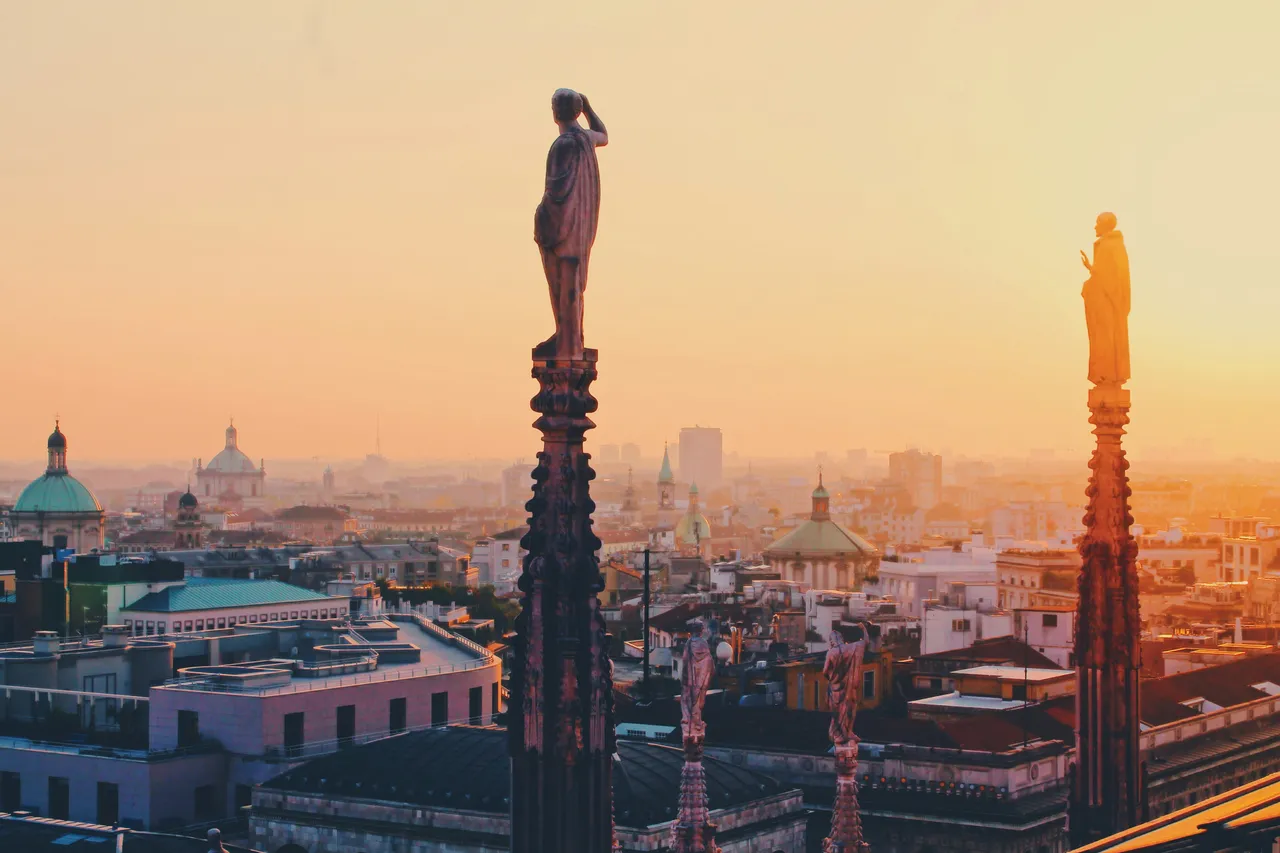The Role of Urban Green Spaces in Enhancing Quality of Life

Urban green spaces are essential in enhancing the quality of life in cities, offering a respite from the urban environment and promoting well-being among residents. This article explores the vital role these spaces play in urban areas.
The Importance of Urban Green Spaces
Urban green spaces, including parks, gardens, and riverbanks, serve as the lungs of our cities. They provide a crucial counterbalance to the concrete jungle, offering residents not only aesthetic beauty but also areas for recreation and relaxation. These spaces are vital for mental health, allowing individuals to escape the pressures of urban life and reconnect with nature.
Furthermore, green spaces play a significant role in improving air quality. Trees and plants absorb CO2 and other pollutants, making the air cleaner and healthier to breathe. This natural filtration system is invaluable in cities where air pollution poses a significant health risk to the population.
Benefits to Physical Health
Engagement with green spaces has been linked to various physical health benefits. Regular visits to parks or recreational areas encourage physical activity, whether it’s through walking, jogging, cycling, or playing sports. Such activities are essential in combating obesity and related health issues.
Moreover, exposure to green surroundings has been shown to reduce stress levels and lower blood pressure. The calming effect of nature contributes to overall wellbeing, enhancing the quality of life for urban dwellers.
Enhancing Social Cohesion
Urban green spaces also foster a sense of community and belonging among city residents. Parks and recreational areas are gathering places where people can meet, socialize, and participate in community events. This interaction strengthens social bonds and promotes a sense of inclusivity and belonging.
Additionally, well-maintained green spaces can increase property values and attract businesses, contributing to the economic vitality of urban areas. They become hubs of activity that benefit not just individuals but the community as a whole.
Challenges and Solutions
Despite their importance, urban green spaces face numerous challenges, including land use pressures, environmental degradation, and budget constraints. Cities must prioritize the preservation and development of these areas, recognizing their value not only as environmental assets but also as essential components of urban living.
Innovative solutions, such as vertical gardens, rooftop parks, and the integration of green spaces into urban planning, can ensure that cities remain livable and sustainable. Public-private partnerships and community involvement are crucial in maintaining and expanding urban green spaces.
Conclusion
Urban green spaces are more than just aesthetic enhancements; they are vital to the physical, mental, and social well-being of city residents. As urban areas continue to grow, the integration and preservation of these spaces will be crucial in ensuring that cities remain vibrant, healthy, and enjoyable places to live. The role of urban green spaces in enhancing the quality of life cannot be overstated, and their importance will only increase as we move towards more densely populated urban environments.
This article was developed using available sources and analyses through an automated process. We strive to provide accurate information, but it might contain mistakes. If you have any feedback, we'll gladly take it into account! Learn more